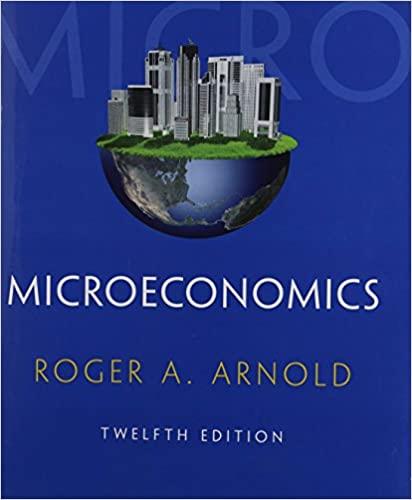
Cars 113 0A ___a..n.----------I-------u 3 8 12 13 Hamburgers 1. Refer to Figure 1.1 Suppose a nation wanted to move from producing a combination of cars and hamburgers represented by point B to production represented by point C. Which of the following is true? a. b. An economy would need to require more resources to movc from point B to point C. An economy currently producing at a point represented by point B could not move to point C unless it experienced economic growth. An economy currently producing at point B is already producing an unattainable amount and will have to decrease the production of either hamburgers or cars\" An economy currently producing at point B could produce more of both goods and increase production to point C. An economy currently producing ac point B would need to reduce the amount of cars it produced to produce more hamburgers to get to point C 2. According to Figure 1.1, what would be necessaryfor this economy to shift From producing at point E to point D? a. b. c. d. e. The country would need to reallocate all of its existing resources to producing hamburgers. The country would need to become better at producing only cars. The country would need to become better at producing only hamburgers. The country would need to reallocate resources away from producing cars to producing hamburgers. The country would need to reallocate resources away from producing hamburgers to producing cars. 3. Suppose the production possibilities curve ofa nation has moved outwards shown in Figure 1.1. Which of the following is denitely true? a b. c. d. e. Points A, F, and B are allocatively efficient. Points B, C and D are productively efficient. Points A, F and B are productively efficient. Points B. C, and D are allocatively efficient. All points would be productively efficient, but not allocatively efcient 4. In Figure 1.1, what information would we need to have to determine whether point B or point D is allocativelv efcient? a. None, since B is roughly halfway between the two axes, we know It is allocatlvelv efficient. b The dollar price of each good. c. Whether or not we could move from B to D without a loss of productive efficiency. d Whether or not the marginal benet of hamburgers exceeded the marginal cost of hamburgers at point B or point D. Whether or nor the marginal cost of a car is equal to the marginal cost of a hamburger at point B or -oint D. 5. In Figure 1.1, which of the following movements would be considered economic growth? a. A to B G to B F to G G to E E to G 9:151









